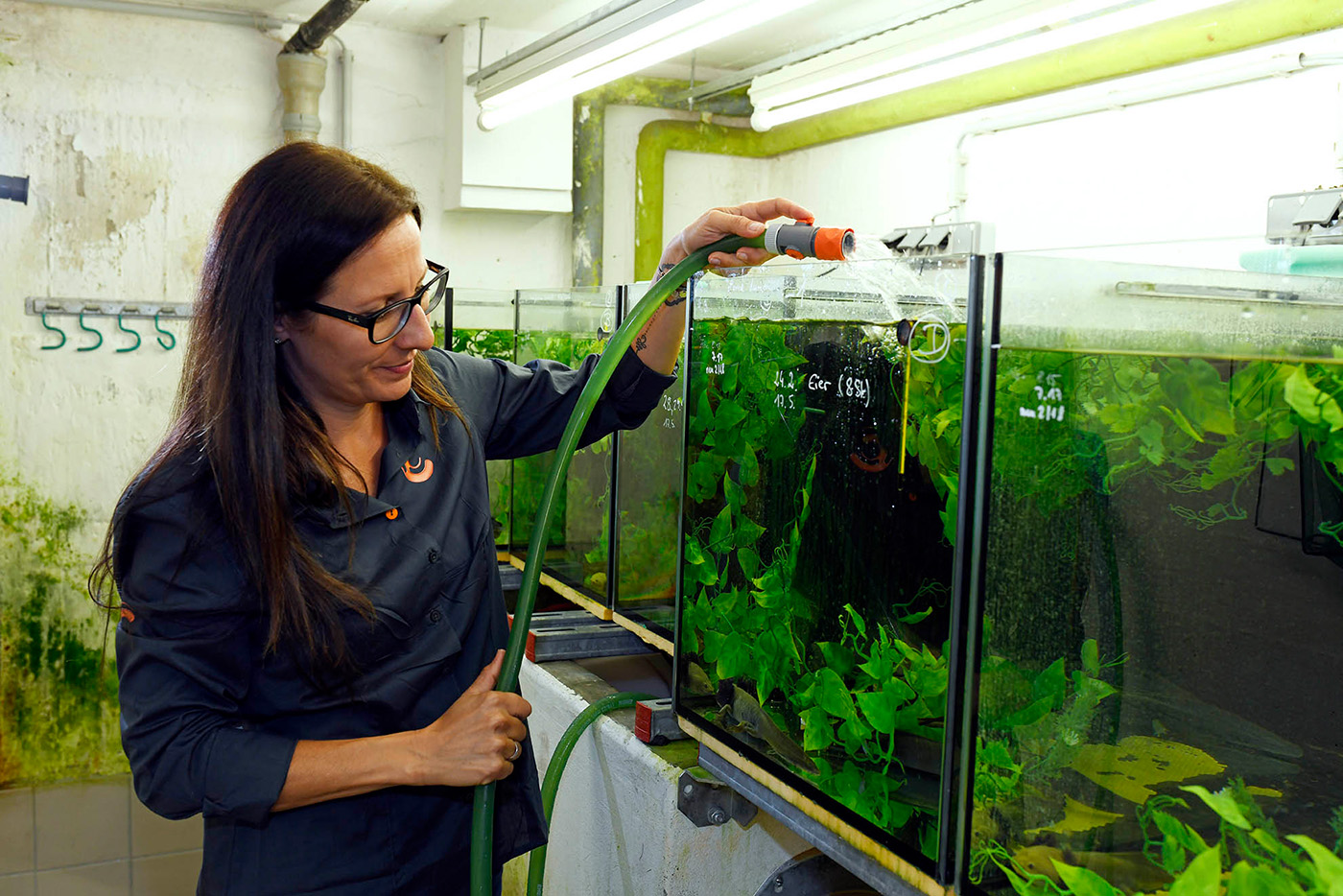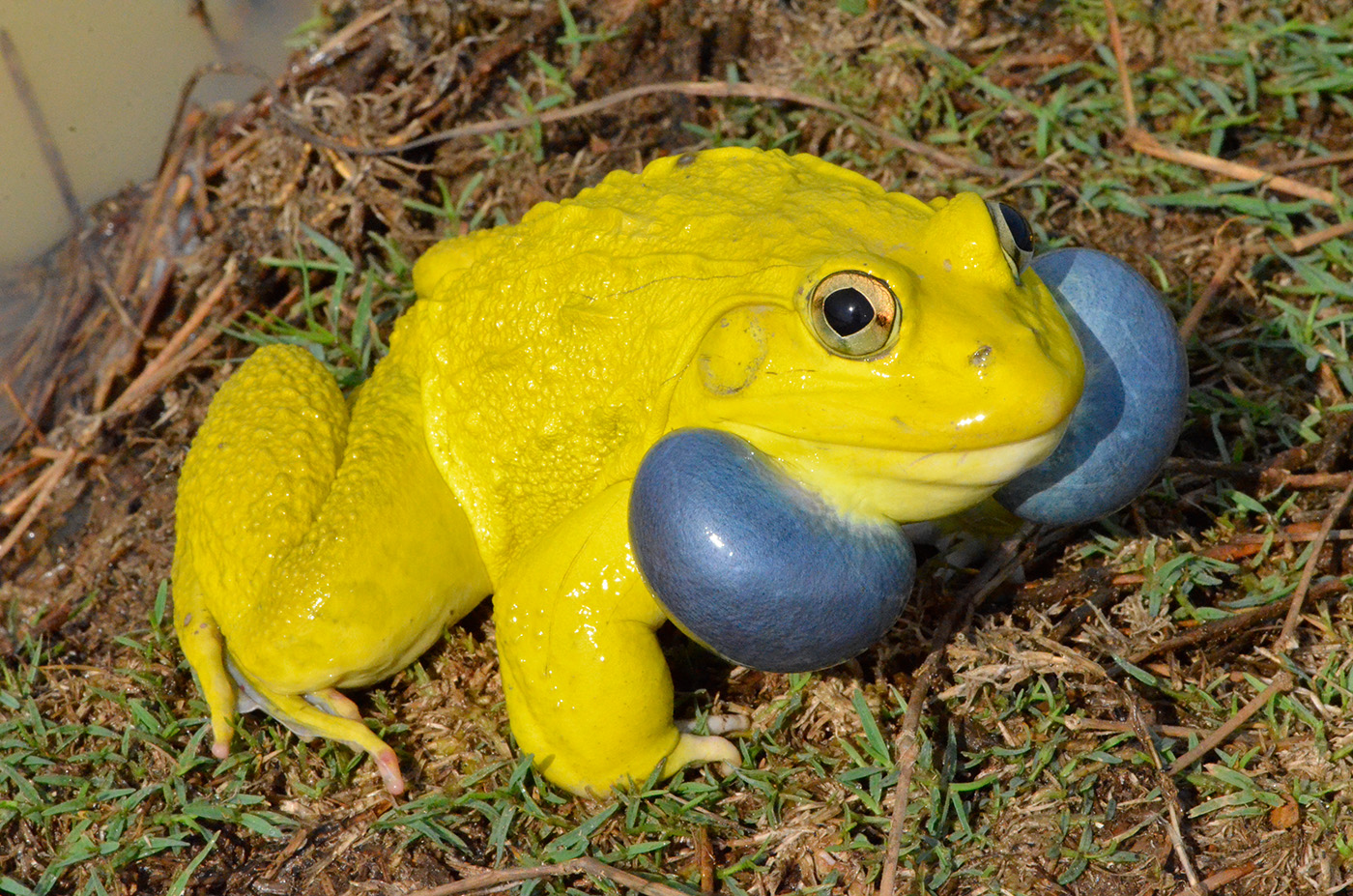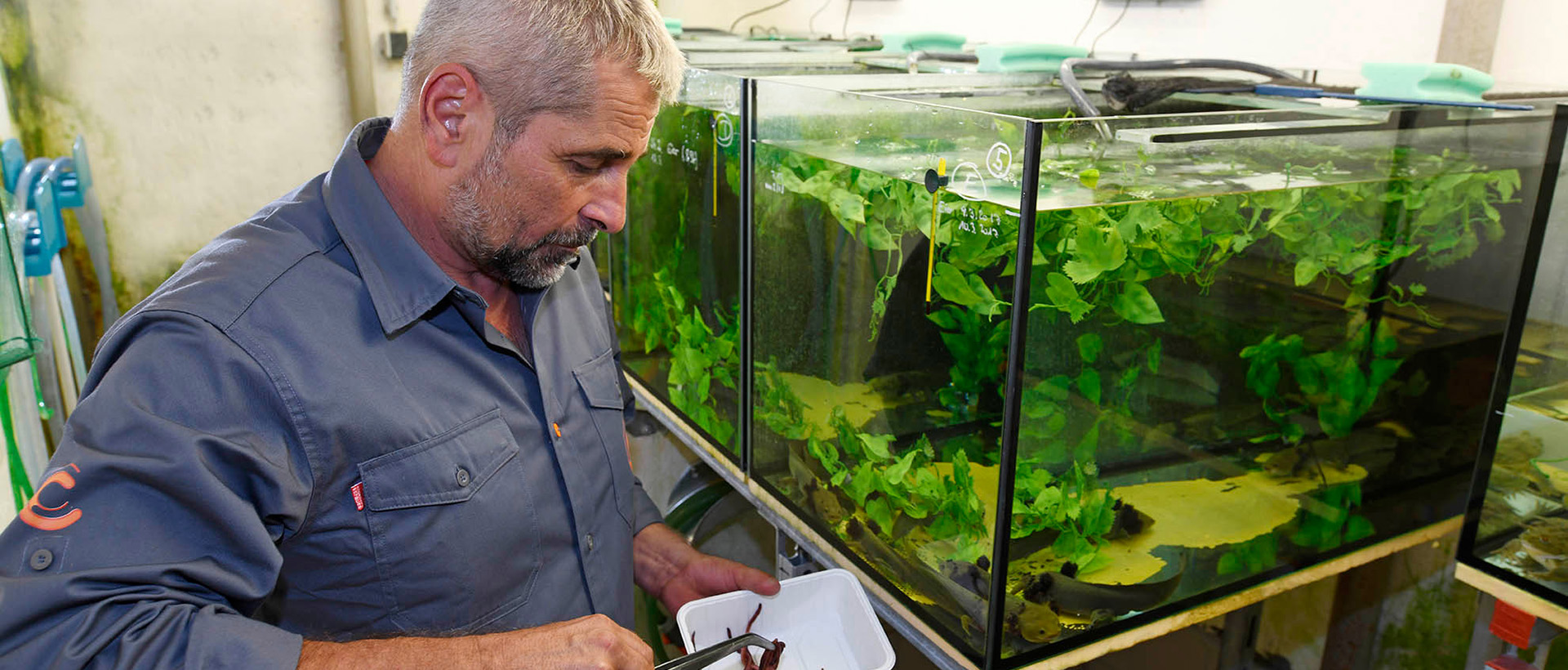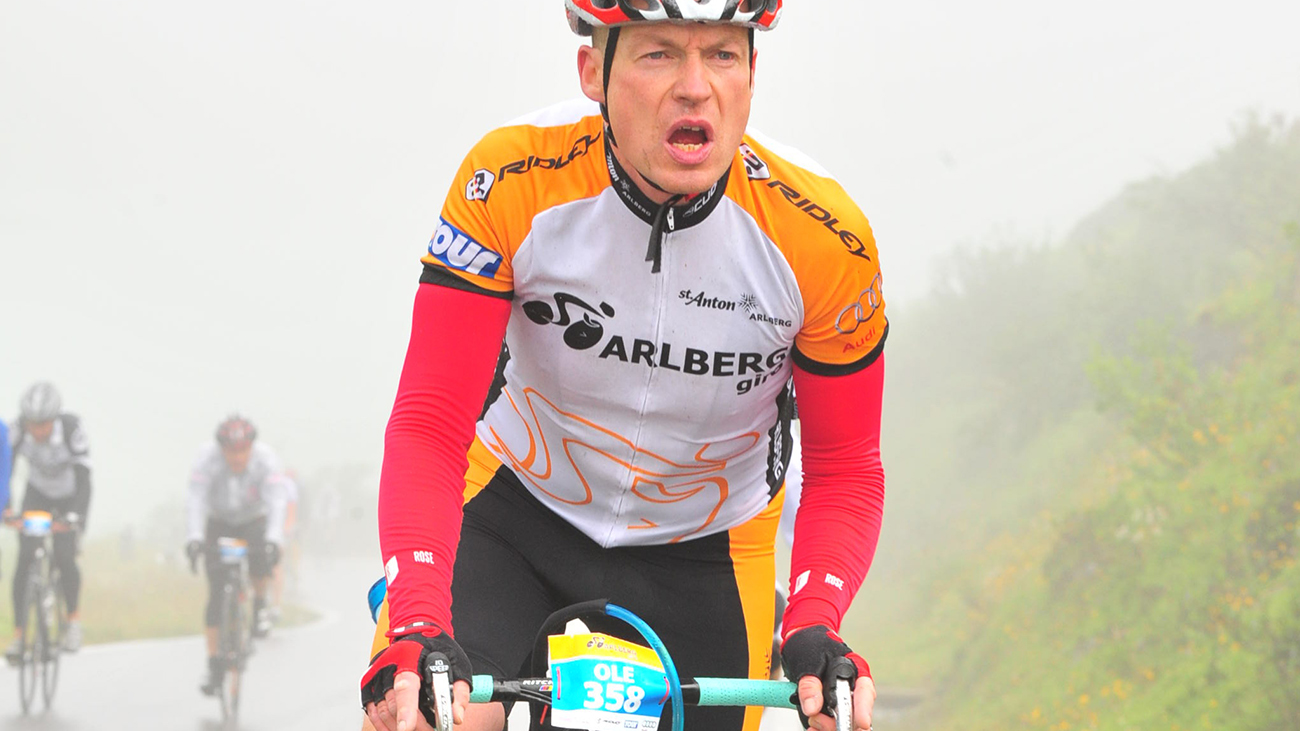
Von Pátzcuaro nach Schönbrunn
Doris Preininger und Thomas Wampula im Wiener Tiergarten Schönbrunn verkörpern idealtypisch die Aufgaben von modernen Zoos. Hier werden keineswegs nur Tiere für das Publikum gezeigt, hier wird praktischer Artenschutz betrieben und geforscht. Und sei es in einem kühlen, feuchten Keller.
Dort liegen in Schönbrunn Pátzcuaro-Querzahnmolche entspannt in ihren Aquarien und lassen es sich gutgehen. In ihrer natürlichen Heimat wären sie längst durch Wasserverschmutzung gestorben, von eingeschleppten Raubfischen gefressen oder von Fischern gefangen worden. Deswegen gibt es dort praktisch keine Molche mehr. In Wien dagegen werden sie umhegt und gepflegt, um das Überleben ihrer Art zu sichern.
Doris und Thomas im Einsatz für bedrohte Arten

Im Molch-Keller des Wiener Tiergartens Schönbrunn kümmert sich Doris um vom Aussterben bedrohte Querzahnmolche | Benny Trapp, Frogs & Friends

So lässt sich’s leben: Gefüttert von Thomas und in sauberem Wasser ohne Gefahr durch Fischer oder Fische leben die Querzahnmolche im Wiener Keller wie im siebten Amphibienhimmel | Benny Trapp, Frogs & Friends

Auch im Freiland ist Doris aktiv für die Sache der Amphibien, wie hier bei einer wissenschaftlichen Studie an Feuersalamandern in den Wäldern um die österreichische Hauptstadt | Doris Preininger

Einsatz in aller Welt: In Indien arbeitet Thomas mit einer weiteren Amphibien-Art, die für den menschlichen Verzehr viel zu viel gefangen wird: den Asiatischen Ochsenfrosch, Hoplobatrachus tigerinus. | Doris Preininger

Einmal im Jahr und nur für wenige Tage zeigt der männlich Asiatische Ochsenfrosch, was er farblich so draufhat – alles zu Ehren des schönen Geschlechts. | Thomas Wampula
Wo die Liebe hinfällt
Dass viele die Molche eher befremdlich finden, stört Thomas nicht. Er ist von ihnen begeistert – wo die Liebe eben so hinfällt. Thomas ist der Amphibien-Faszination schon als Kind erlegen und hat diese Leidenschaft geradezu folgerichtig im Tiergarten Schönbrunn zu seinem Beruf gemacht. Dort ist er heute zwar für die Planung und Gestaltung der Anlagen für Tiere aller Gruppen verantwortlich, „aber bei Projekten mit Amphibien im Tiergarten kann man mich ohnedies nicht fernhalten.“ Klar, dass so einer zu Hause nicht einfach aufhört. Auch dort betreut er eine ganze Reihe der glipschigen Tiere.
Winken des Schicksals
Doris ist Spätberufene. Erst an der Universität ist sie über ihren Doktorvater auf den Frosch gekommen: „Walter Hödl fragte mich, ob ich nicht einen Frosch, der mit den Beinen winkt, näher untersuchen will. Ein halbes Jahr später war ich auf dem Weg nach Borneo, saß vier Monate an einem Wasserfall und studierte die Tiere.“ Heute beschäftigt sie sich als wissenschaftliche Mitarbeiterin im Tiergarten mit Amphibienkommunikation, aber auch mit der Bedrohung einheimischer Lurche. An der Universität Wien führt sie das jährliche Seminar „Biology of Tropical Amphibians“ durch.
Zoo-Arbeit = Forschung und Artenschutz
Die Zusammenarbeit mit privaten Tierhaltern war Doris und Thomas immer besonders wichtig. Deswegen engagieren sie sich bei Citizen Conservation #Amphibians. „Ich habe gelernt, die Tiere die Fragen stellen zu lassen, aber dafür muss man sich die Zeit nehmen, sie zu beobachten“, sagt Doris. „Die fehlt oft im täglichen Berufsleben. Private Froschliebhaber kennen ihre Tiere sehr genau und liefern oft großartige Erfahrungen, von denen wir viel lernen können.“ „Darüber hinaus wäre es frevelhaft, auf Ressourcen zu verzichten, die die meisten Zoos ohnedies nicht mehr haben“, ergänzt Thomas. „CC bietet die Chance, dem Liebhaber eine wesentliche Rolle im Artenschutz zu geben. Auch mit dem Pathos: Wir retten die Welt – wir werden´s nicht schaffen – wir machen´s trotzdem.“


